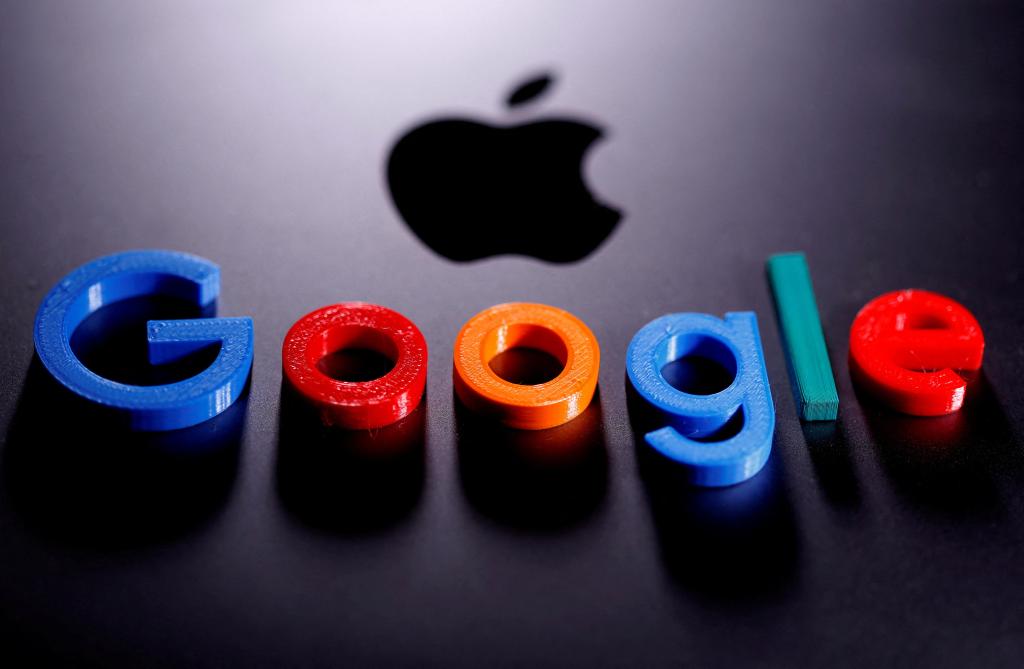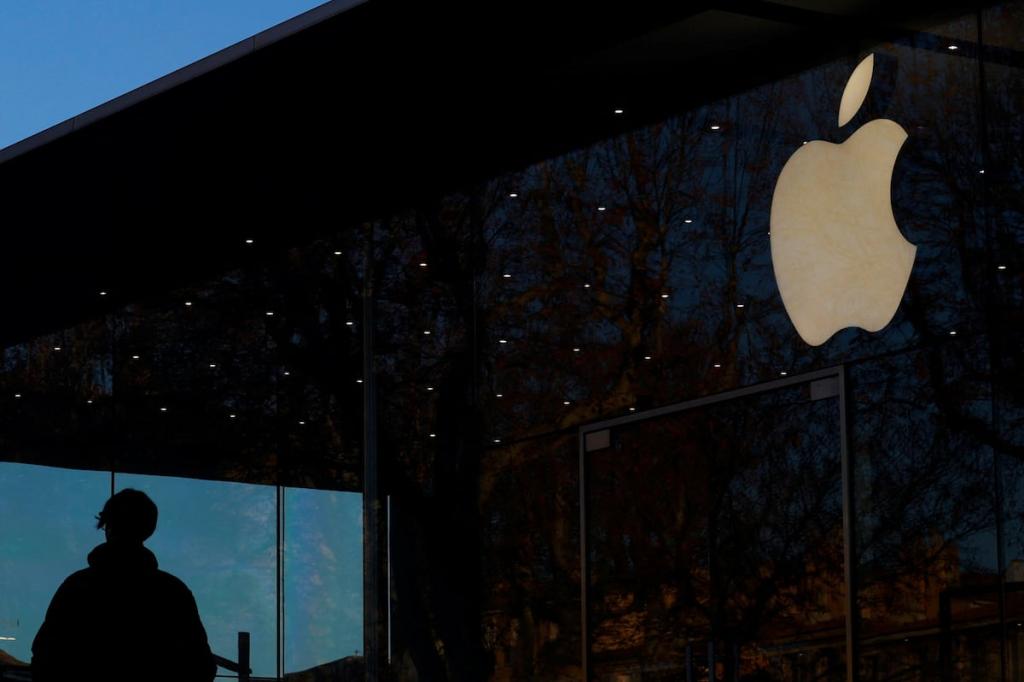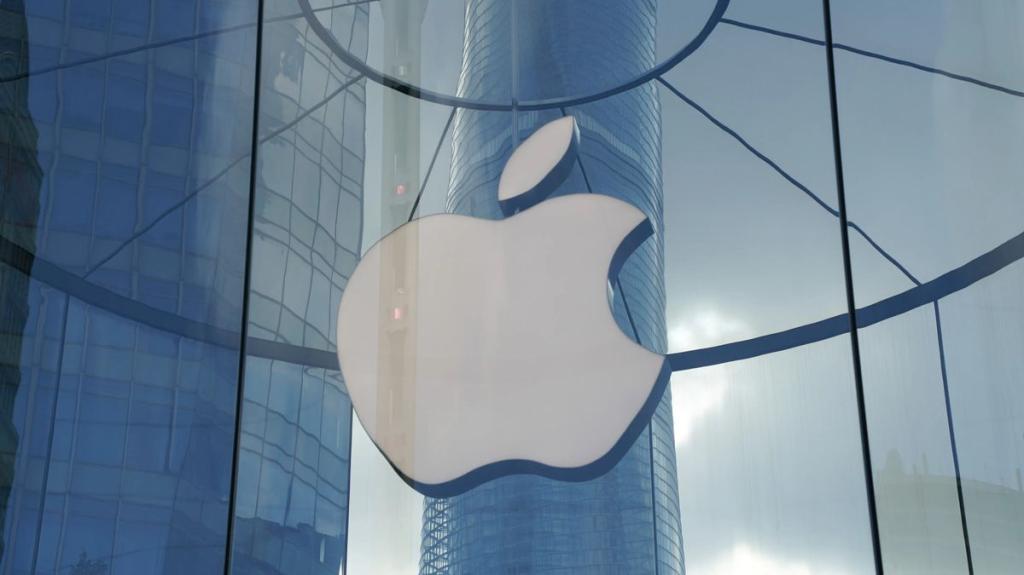Galaxy S25 vs iPhone 16: Ultimate Smartphone Comparison Guide
Explore the standout features of the Galaxy S25 and iPhone 16 to find out which flagship smartphone suits your lifestyle best.
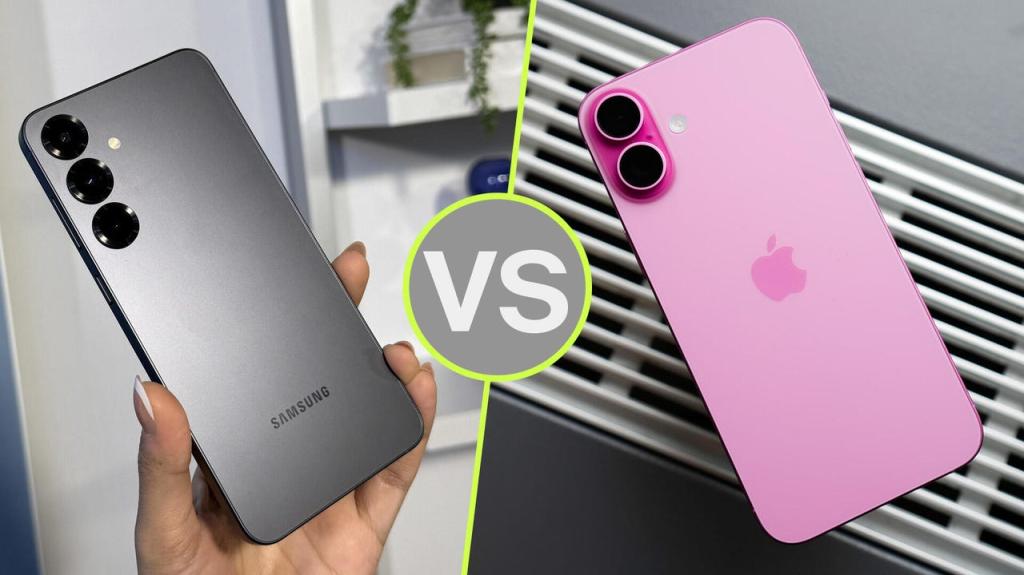
Key Points
- The Galaxy S25 features a superior display and performance, driven by the Snapdragon 8 Elite chip and a vibrant AMOLED
screen.
- The iPhone 16 excels in camera capabilities and ecosystem integration, providing exceptional image processing and a seamless user experience.
- Battery performance and charging options vary, with the Galaxy S25 offering slightly more power and faster charging capabilities compared to the iPhone 16.
As we navigate the ever-evolving world of technology, smartphone manufacturers are consistently elevating their game, introducing impressive features that cater to diverse user needs. The battle between Samsung and Apple has long been a topic of conversation among tech enthusiasts, and with the recent launches of the Galaxy S25 and iPhone 16, consumers are now faced with an intriguing dilemma: which smartphone reigns supreme?
Design and Display
Both the Galaxy S25 and the iPhone 16 come equipped with stunning displays that promise to enhance user experience. The Galaxy S25 features a 6.2-inch Dynamic AMOLED 2X display with an impressive resolution of 2340 x 1080 pixels, reaching a peak brightness of 2600 nits. This display ensures vivid colors and sharp contrasts, making it perfect for multimedia consumption.
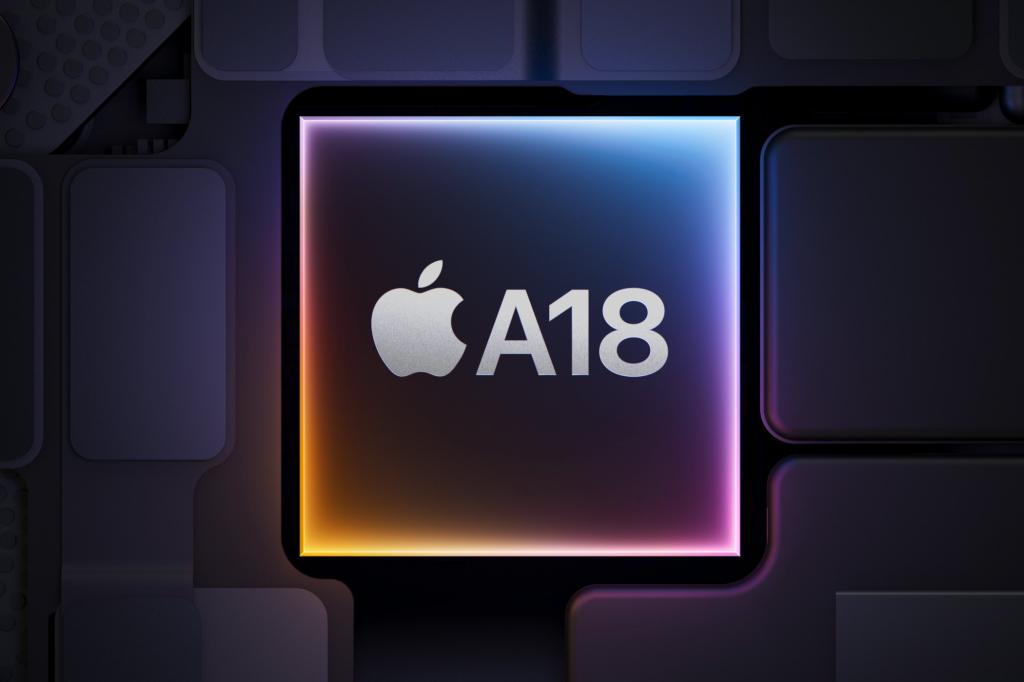
On the other hand, the iPhone 16 boasts a 6.1-inch Super Retina XDR OLED screen, with a resolution of 2556 x 1179 pixels and a peak brightness of 2000 nits. While both phones offer high-quality displays, the Galaxy S25 takes the edge with its superior brightness levels, making it more suitable for outdoor usage.
Performance and Processing Power
Performance is crucial when it comes to smartphones, and both devices deliver robust capabilities. The Galaxy S25 runs on the Qualcomm Snapdragon 8 Elite, a powerful chip that enhances multitasking and gaming experiences, boasting a 37% faster CPU and 30% improved GPU compared to its predecessor. Coupled with an impressive 12GB of RAM, the S25 promises a seamless user experience.
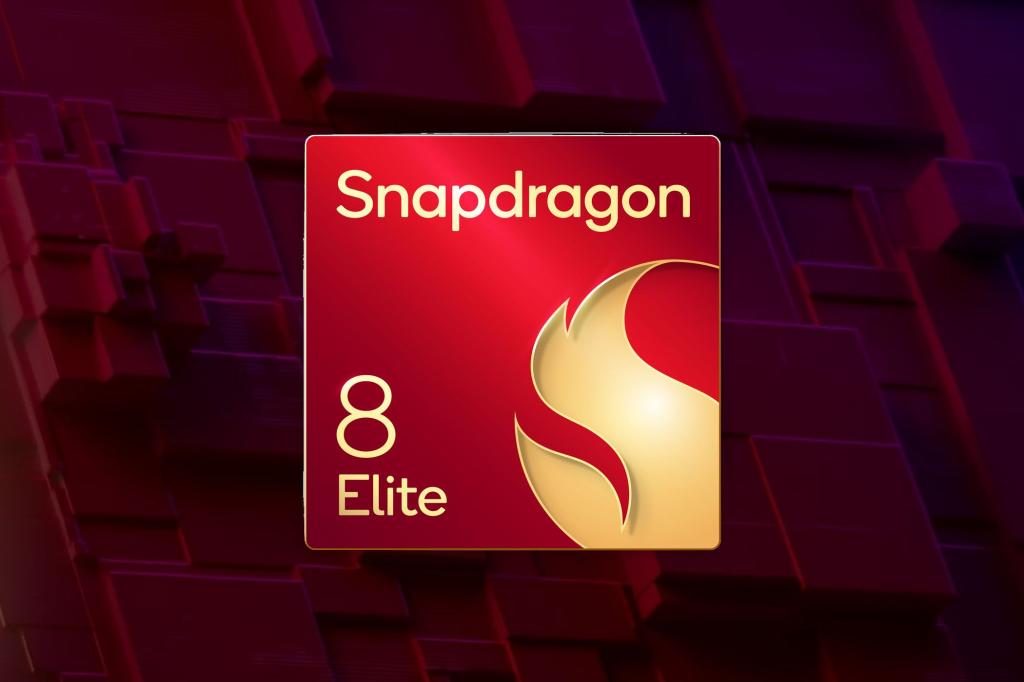
In comparison, the iPhone 16 is powered by Apple's A18 chip, which is designed to provide exceptional performance and efficiency. Although it features 8GB of RAM, the A18 chip is optimized for iOS, delivering a fluid experience across all applications. This makes the iPhone 16 ideal for users already deeply embedded within Apple's ecosystem.
Camera Capabilities
Another aspect where these smartphones shine is their camera systems. The Galaxy S25 boasts a triple-camera setup consisting of a 50MP main sensor, a 12MP ultra-wide lens, and a 10MP telephoto lens, allowing for versatile photography options including 8K video recording at 30fps.
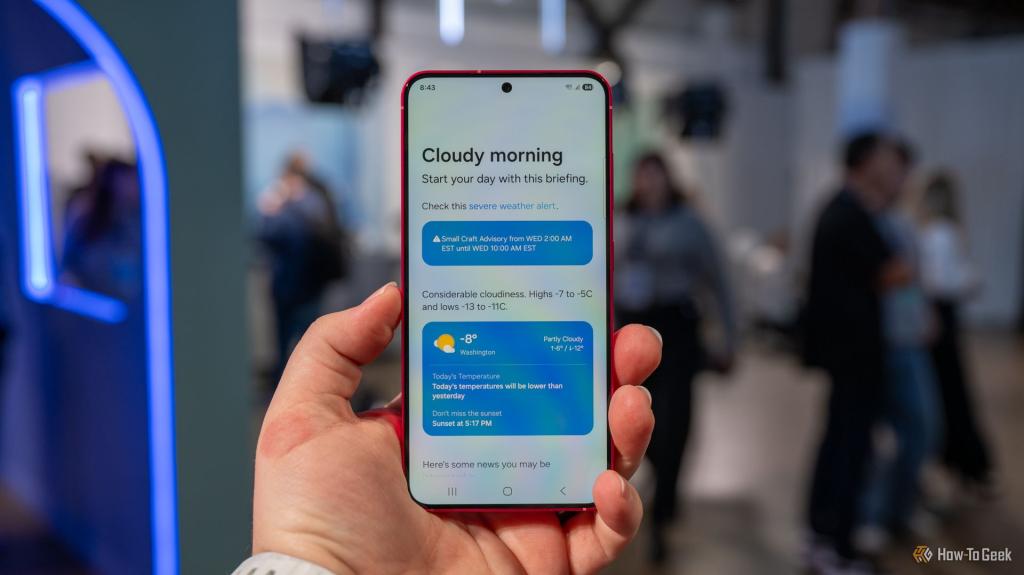
In contrast, the iPhone 16 features a 48MP main camera and a 12MP ultra-wide lens, delivering high-quality images with the added advantage of Apple’s refined image processing algorithms. The iPhone also supports 4K video recording and features like Smart HDR and Night Mode that enhance low-light performance.
Battery Life and Charging
Battery life is a significant consideration for today’s smartphone users. The Galaxy S25 packs a 4000mAh battery with 25W fast charging capabilities, offering sufficient power for a full day’s usage. It also supports wireless charging and reverse wireless charging.
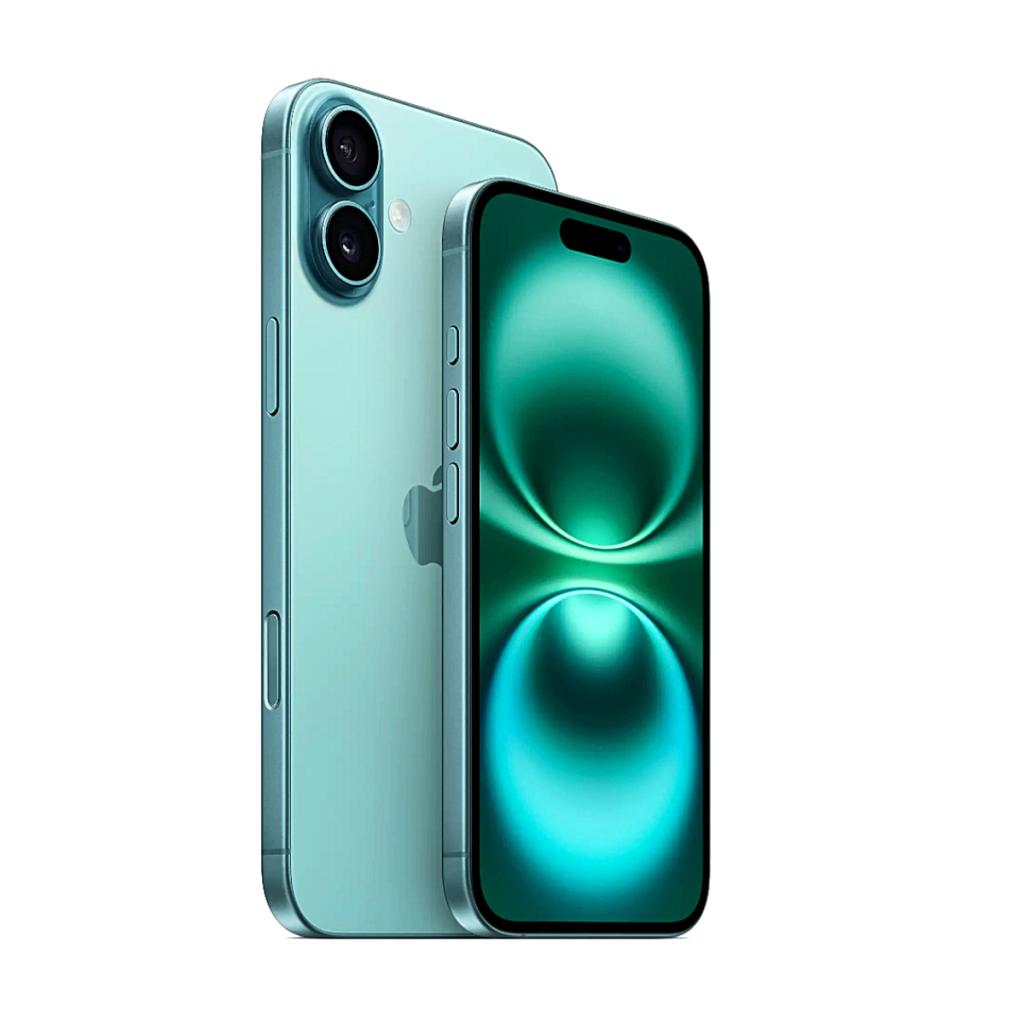
Meanwhile, the iPhone 16 houses a slightly smaller 3561mAh battery and supports 20W wired charging, along with
charging options. While both devices are equipped with decent charging speeds, the Galaxy S25 offers a bit more power for longer usage.
Final Thoughts
Choosing between the Galaxy S25 and iPhone 16 ultimately depends on your personal preferences and your existing device ecosystem. If you prioritize a stunning display, top-notch performance, and a robust camera system, the Galaxy S25 is a compelling option. Conversely, if you are committed to the Apple ecosystem and value seamless integration across your devices, the iPhone 16 remains a formidable choice.
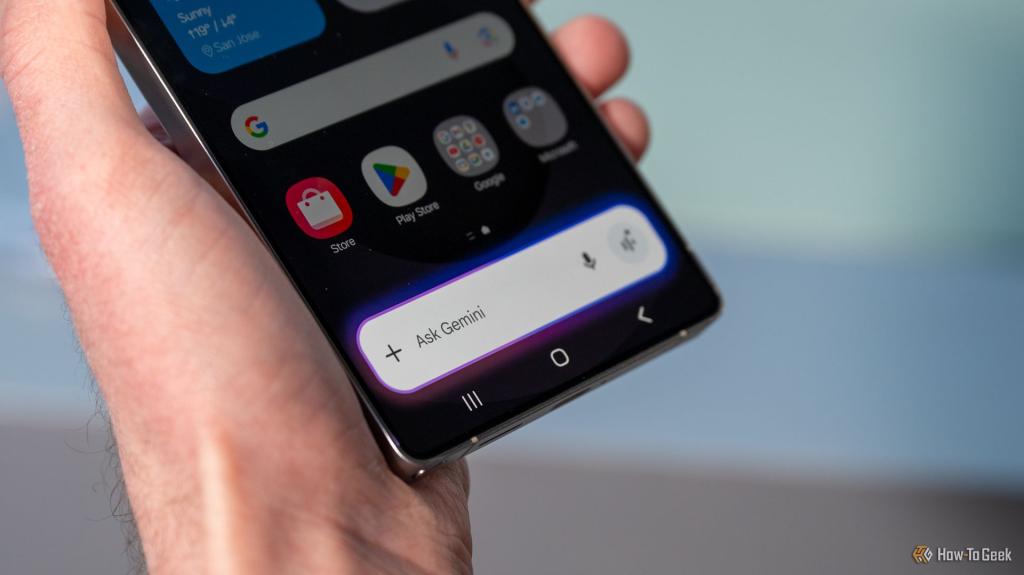
In the end, both smartphones represent the cutting edge of technology, promising engaging user experiences and innovative features that will serve their users well. The landscape of mobile technology continues to thrive, giving consumers more power in their hands than ever before.
